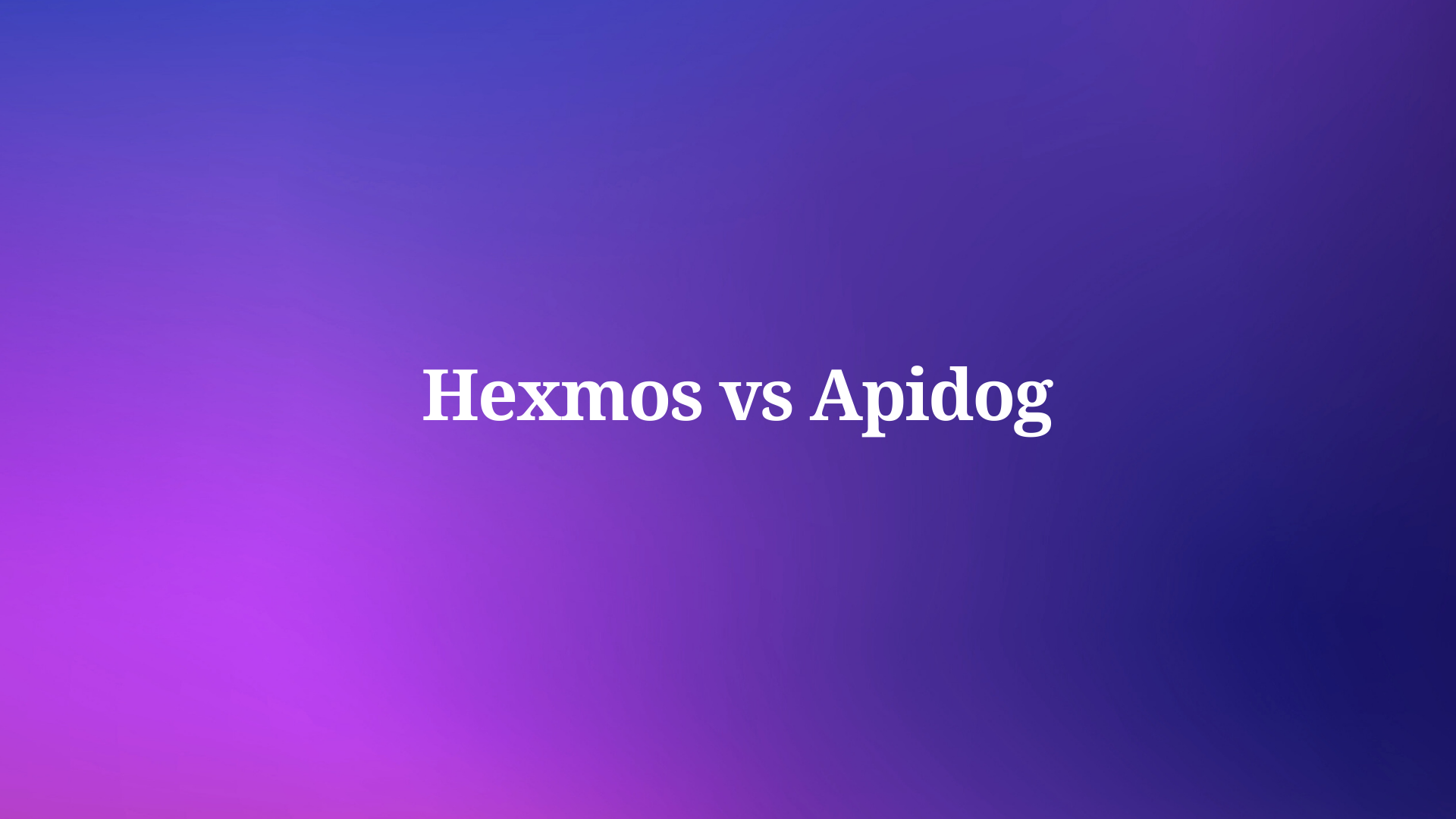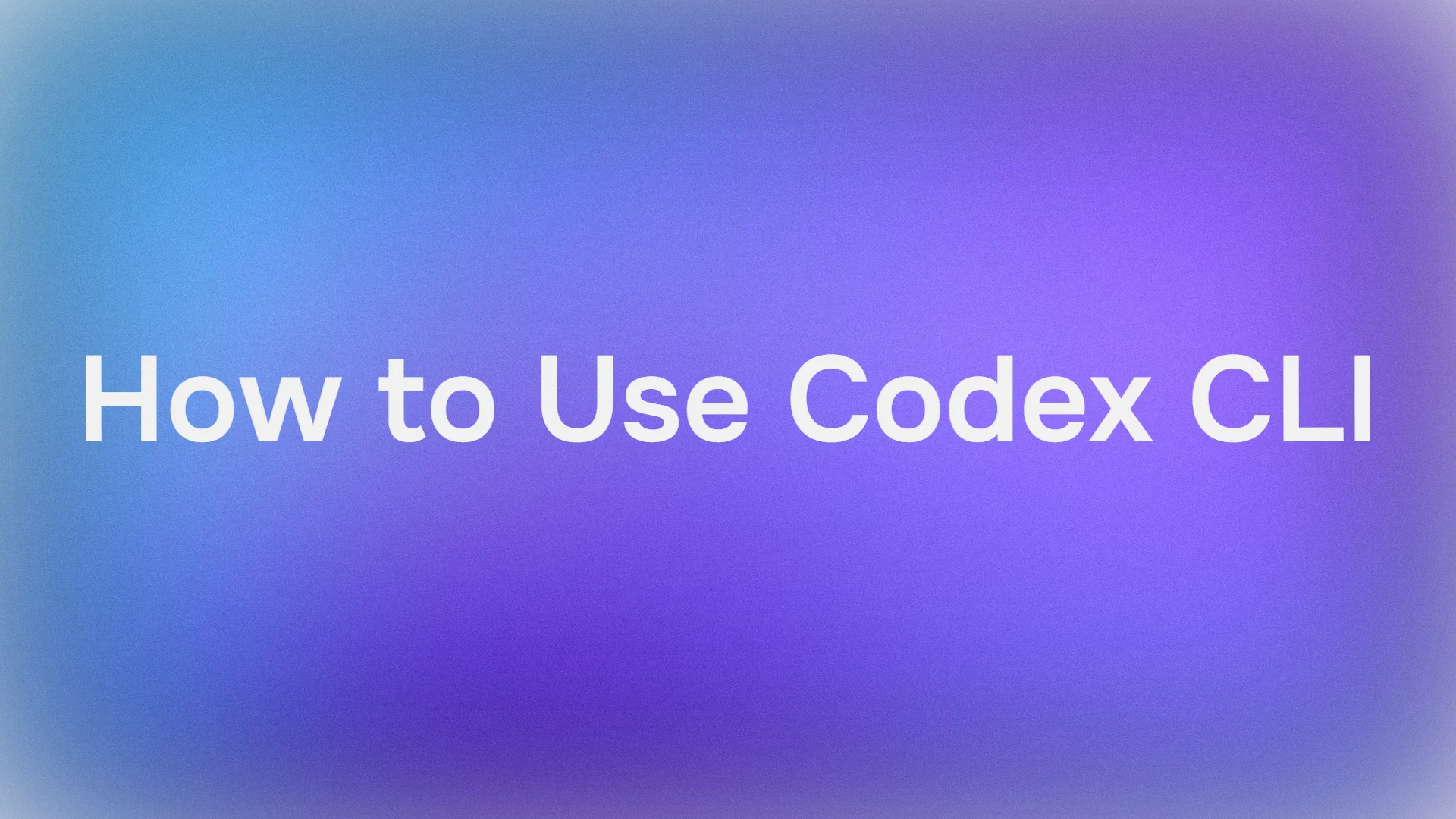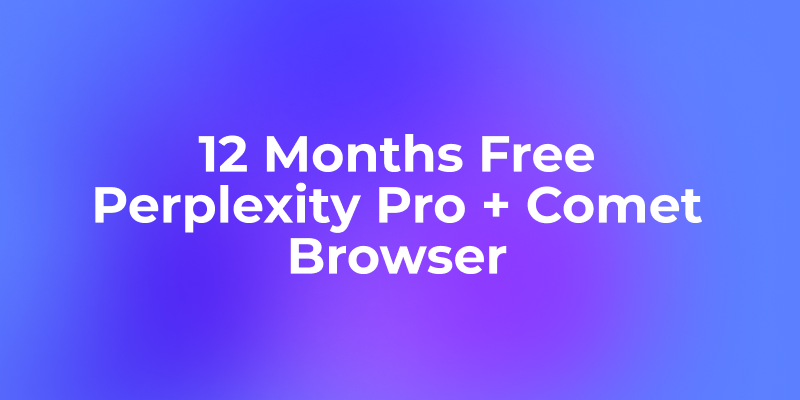Developers constantly seek efficient tools to manage APIs. Hexmos and Apidog emerge as notable options, each offering unique approaches to API handling. Hexmos focuses on lightweight, collaborative solutions like its Lama2 client, while Apidog provides an integrated platform for the entire API lifecycle. Developers often compare these tools to determine which one aligns better with their technical requirements. For instance, teams handling complex API ecosystems might favor comprehensive features, whereas those valuing simplicity could lean toward streamlined designs.
As we examine these tools, remember that subtle differences in user interfaces or automation capabilities often tip the scales in favor of one over the other. Hexmos, developed by Hexmos Tech, emphasizes free, open-source elements that appeal to engineering teams. Meanwhile, Apidog positions itself as a robust, all-in-one solution for professional developers. This article breaks down their core offerings, highlighting how each addresses key aspects of API work. By the end, you'll gain insights into selecting the right tool for your projects.
Understanding Hexmos: A Lightweight Approach to API Management
Hexmos Tech builds tools that prioritize simplicity and collaboration in API development. The company describes itself as a group of curious builders creating software to uplift teams. At its heart, Hexmos offers Lama2, a plain-text powered REST API client designed for serious engineering teams. This tool uses a .l2 syntax for describing APIs, allowing users to manage requests through text files that integrate seamlessly with version control systems like Git.
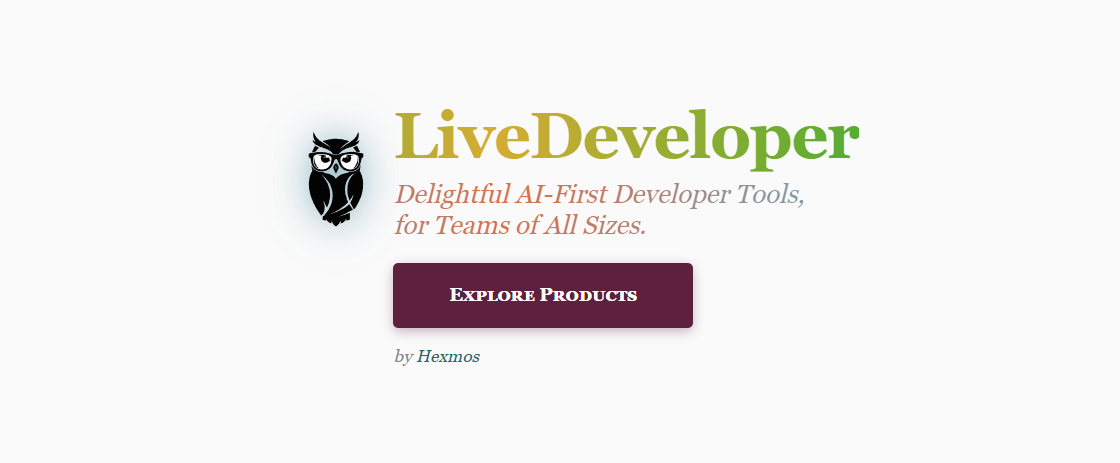
Furthermore, Hexmos extends its portfolio with LiveAPI, which automates API documentation generation, organization, and search. Engineers appreciate this for reducing manual effort in maintaining docs across large repositories. For example, LiveAPI indexes endpoints, enabling quick searches that save time in sprawling codebases. Additionally, Hexmos provides LiveReview, an AI-powered code reviewer that complements API workflows by ensuring code quality during development.
However, Hexmos maintains a focus on niche strengths rather than broad coverage. It avoids overloading users with features, instead promoting tools that fit into existing ecosystems. This approach suits teams that already use Git for collaboration and prefer text-based configurations over graphical interfaces. As a result, Hexmos appeals to developers who value open-source flexibility and minimal overhead.
Exploring Apidog: An All-in-One Platform for Comprehensive API Workflows
Apidog takes a different tack, serving as a complete API development platform that covers design, debugging, mocking, testing, and documentation. The tool emphasizes an API-first methodology, where teams design specifications before coding, fostering better collaboration across roles. Apidog's intuitive interface allows visual API design with reusable components and OpenAPI support, making it easier to perfect specs early.
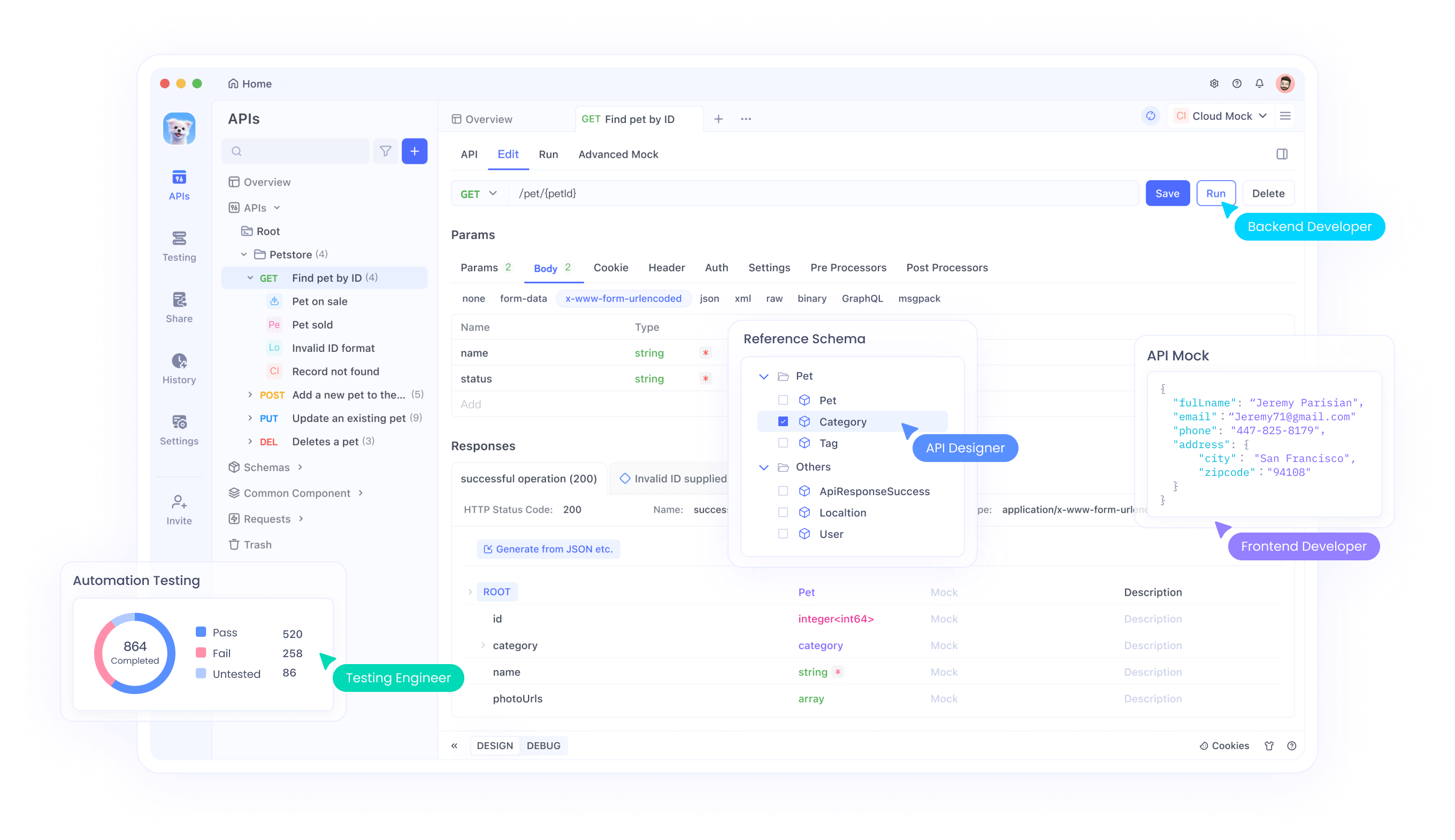
Moreover, Apidog integrates automation throughout the lifecycle. It generates mock responses based on schemas, enabling frontend teams to proceed independently. Testing features include low-code scenarios with assertions, branching logic, and CI/CD integration, which streamline validation processes. Documentation auto-generates interactive pages with "Try It Out" functionality, ensuring docs remain current.
In contrast to more fragmented tools, Apidog centralizes data to avoid synchronization issues between design, testing, and deployment phases. This unified approach benefits larger teams handling multiple APIs, as it reduces context-switching and enhances productivity. Consequently, Apidog positions itself as a game-changer for developers seeking efficiency in complex environments.
Feature-by-Feature Comparison: Hexmos vs Apidog
To make an informed choice, teams evaluate specific features. Here, we compare Hexmos and Apidog across critical areas, using technical criteria to highlight differences.
API Design Capabilities
Hexmos relies on text-based design through Lama2's .l2 format, which encourages version-controlled specs. Developers write APIs in plain text, facilitating easy sharing via Git. This method works well for teams comfortable with code editors, but it lacks visual aids for complex structures.
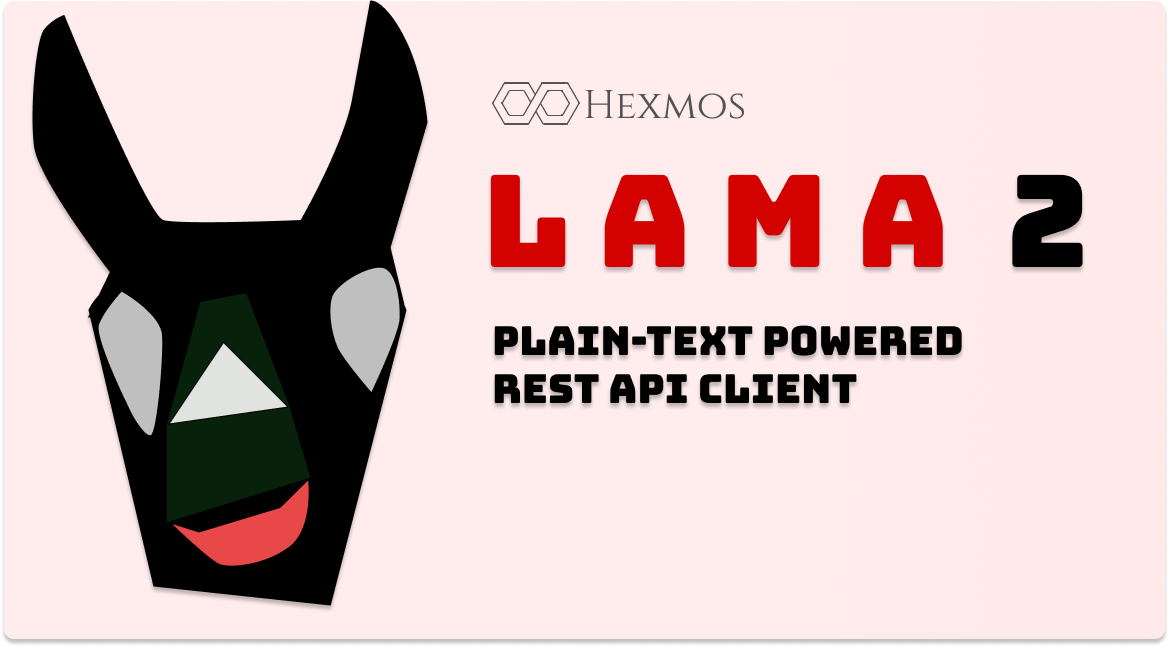
On the other hand, Apidog excels in visual design. Users build APIs with drag-and-drop elements, define schemas, and import from formats like OpenAPI or HAR. It supports reusable models, reducing redundancy in large projects. Therefore, Apidog suits teams that prioritize intuitive interfaces over pure text.
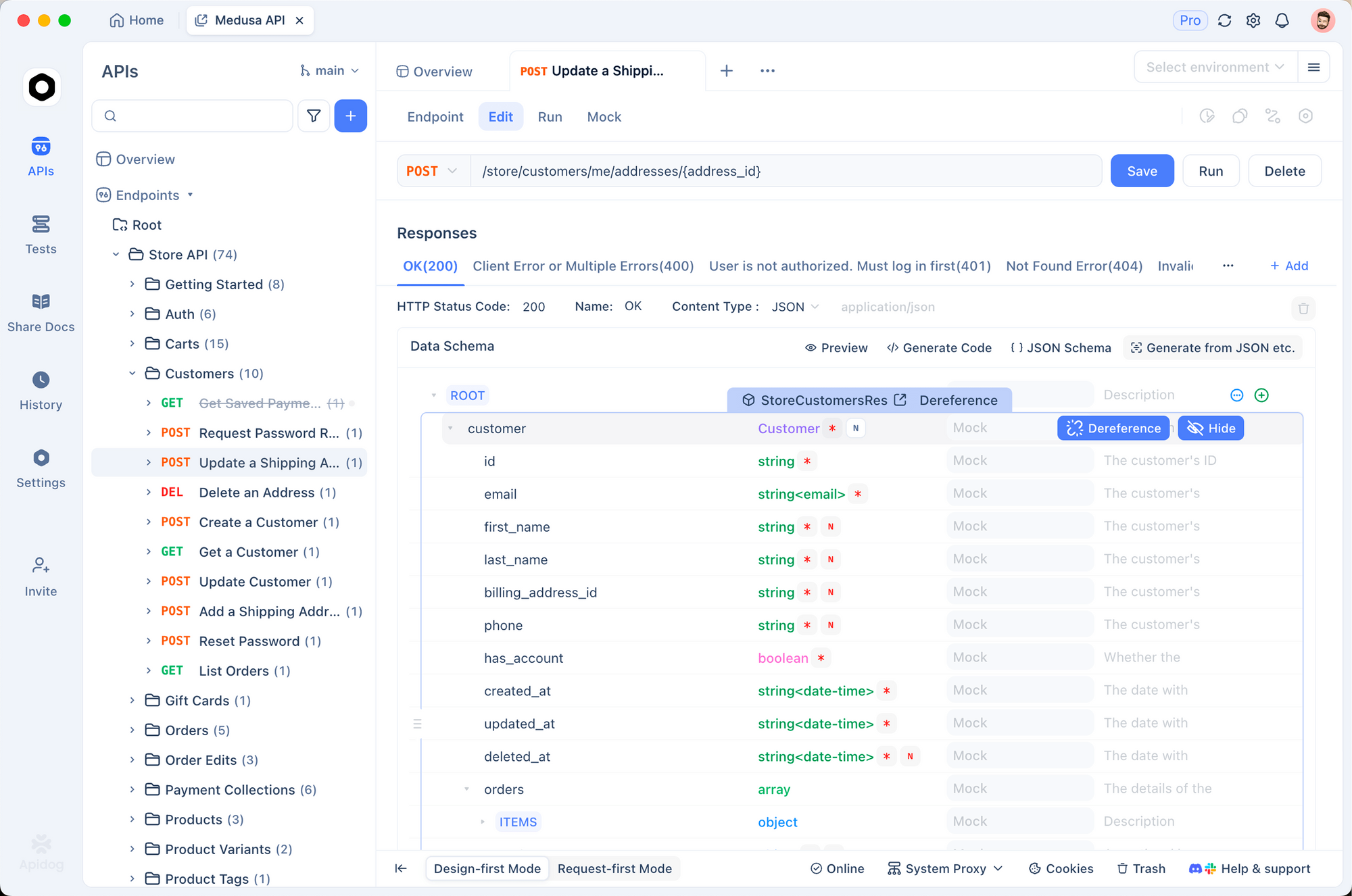
While Hexmos offers simplicity for quick setups, Apidog provides more robust tools for scalable designs. Small details, like Apidog's automatic schema generation, often prove decisive in fast-paced development.
Debugging and Testing Tools
Hexmos integrates debugging via Lama2, allowing execution of API requests from text files. LiveAPI adds search functionality to locate endpoints rapidly. However, testing remains basic, without built-in automation for scenarios or assertions.

Apidog, conversely, offers advanced debugging with live tests on specs, catching inconsistencies early. Its testing suite includes pre/post-processors, database integrations, and automated assertions for status codes, response times, and body content. Teams run full workflows in low-code environments, integrating with CI/CD pipelines.
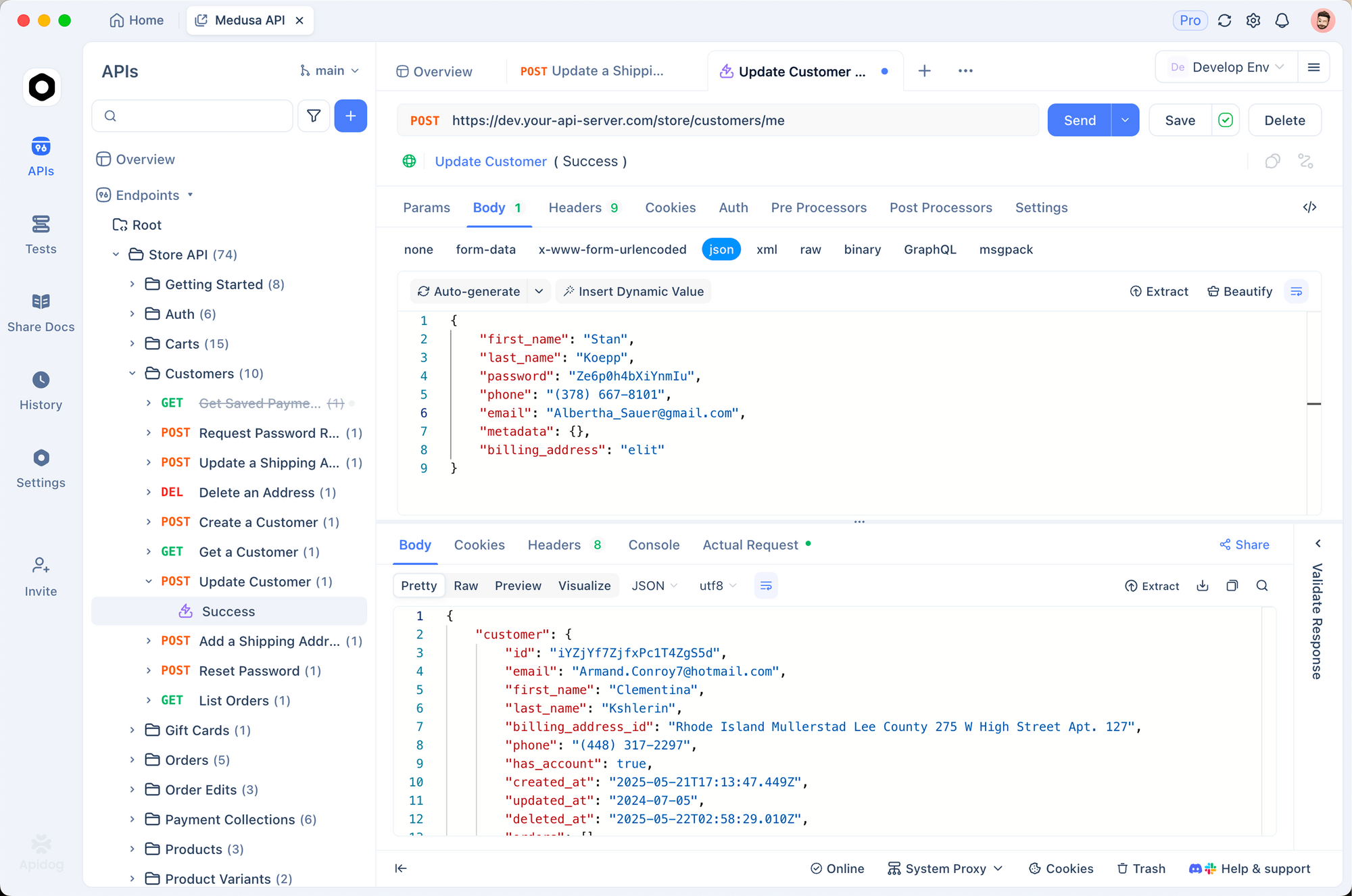
As such, Apidog handles complex testing needs more effectively, while Hexmos serves simpler debugging tasks. The ability to extract variables in Apidog, for instance, streamlines chained requests, marking a key differentiator.
Documentation and Search Features
Hexmos shines with LiveAPI, which automates doc generation and enables endpoint searches across services. It standardizes docs from code, reducing outdated information in large orgs.
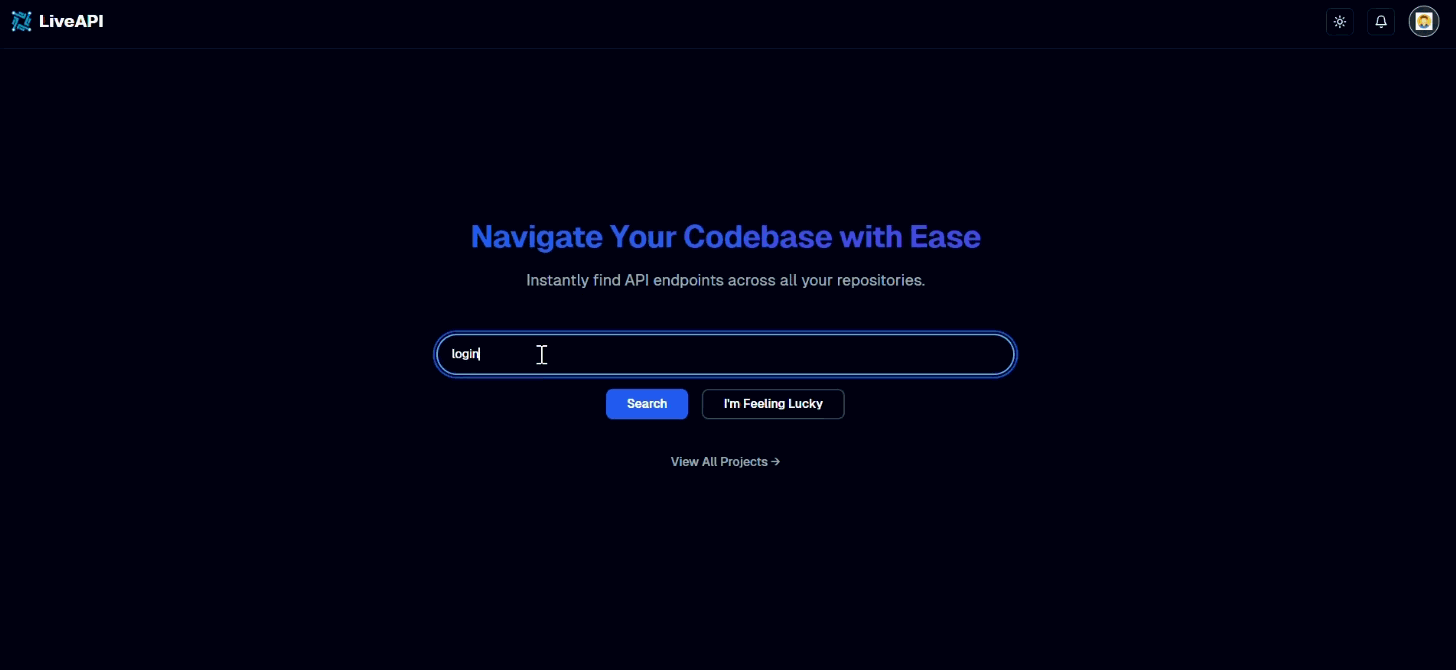
Apidog auto-generates interactive docs with code samples and versioning. It supports custom domains and "Try It Out" buttons, making docs more engaging. Additionally, Apidog's search ties into its unified platform, offering context-aware results.
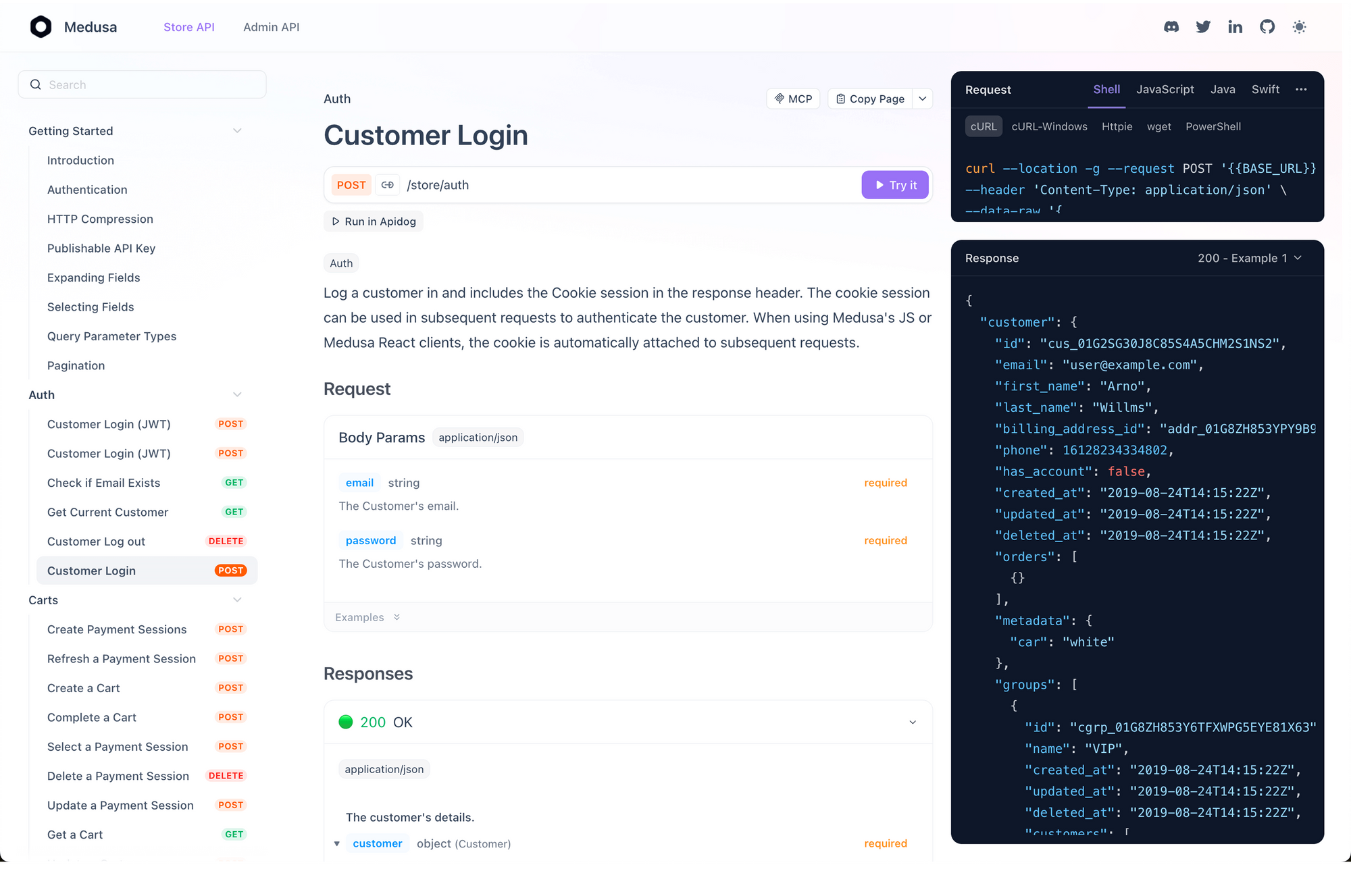
Both tools address documentation pain points, but Apidog's interactivity gives it an edge for user-facing docs. Hexmos, however, integrates better with code-centric workflows.
Collaboration and Team Features
Hexmos promotes collaboration through Git-compatible formats in Lama2. Teams edit APIs as text, merging changes via pull requests. LiveReview adds AI feedback for code quality.
Apidog fosters teamwork with shared workspaces, role-based access, and real-time edits. It supports parallel development, where frontend and backend work independently using mocks.
Thus, Apidog better supports diverse roles, while Hexmos fits code-focused teams. Minor aspects, like Apidog's environment management, enhance collaborative testing.
Mocking and Simulation
Hexmos lacks dedicated mocking, relying on external tools or manual setups.
Apidog generates realistic mocks from schemas, allowing independent development. This feature decouples teams, speeding up iterations.
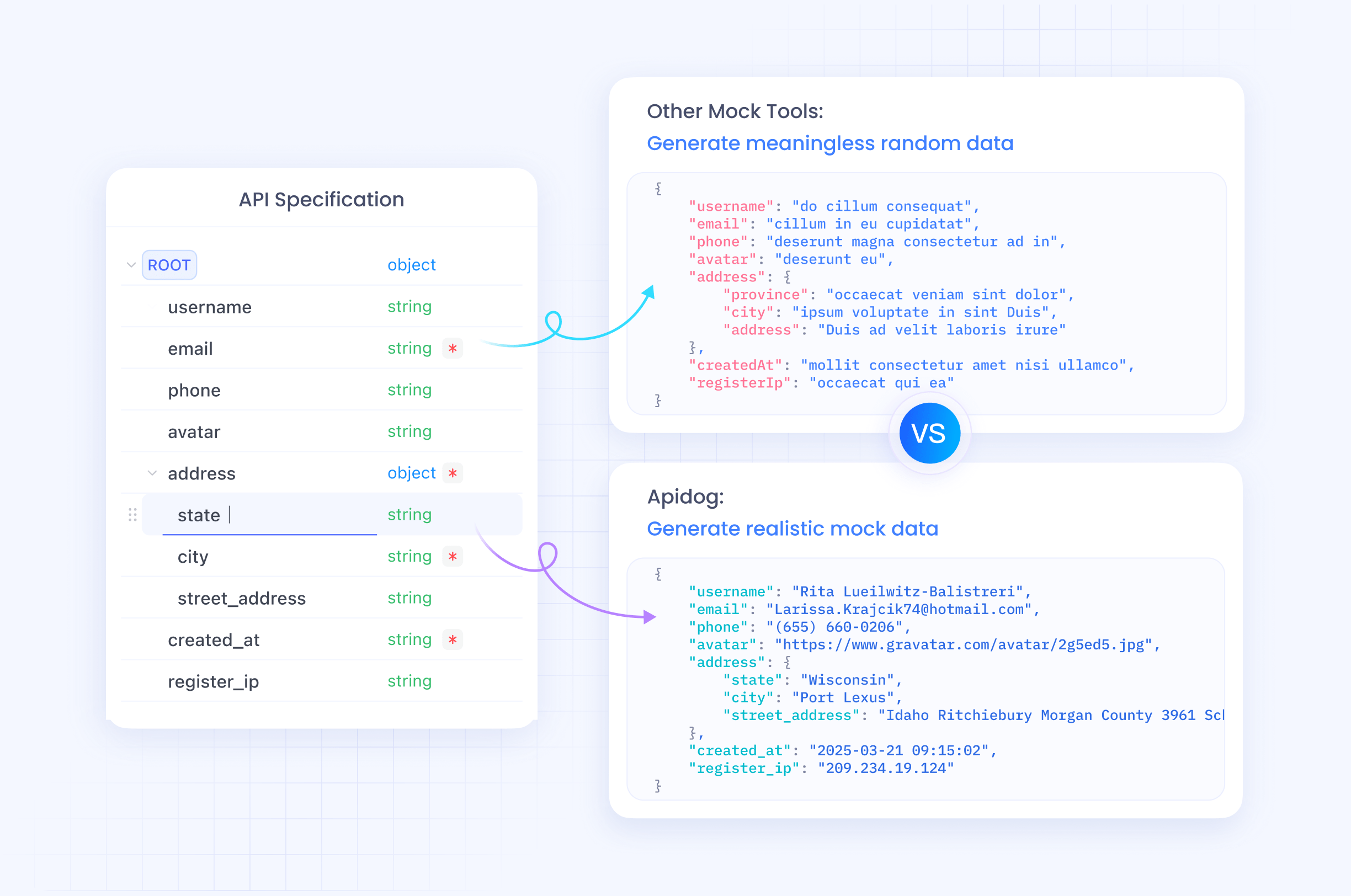
Apidog clearly leads here, addressing a common bottleneck in API projects.
Pricing and Accessibility
Hexmos offers many tools for free, including Lama2 as open-source. Paid options exist for enterprise features like LiveAPI.
Apidog provides a free tier, with premium plans for advanced collaboration. Its cloud and self-hosted versions cater to different needs.
Budget-conscious teams might prefer Hexmos, but Apidog's value justifies costs for comprehensive use.
Pros and Cons: Weighing the Strengths
Hexmos pros include its lightweight nature, Git integration, and focus on automation for docs. Cons involve limited visual tools and narrower scope.
Apidog's pros feature all-in-one integration, advanced testing, and strong collaboration. Cons might include a steeper learning curve for beginners and subscription costs.
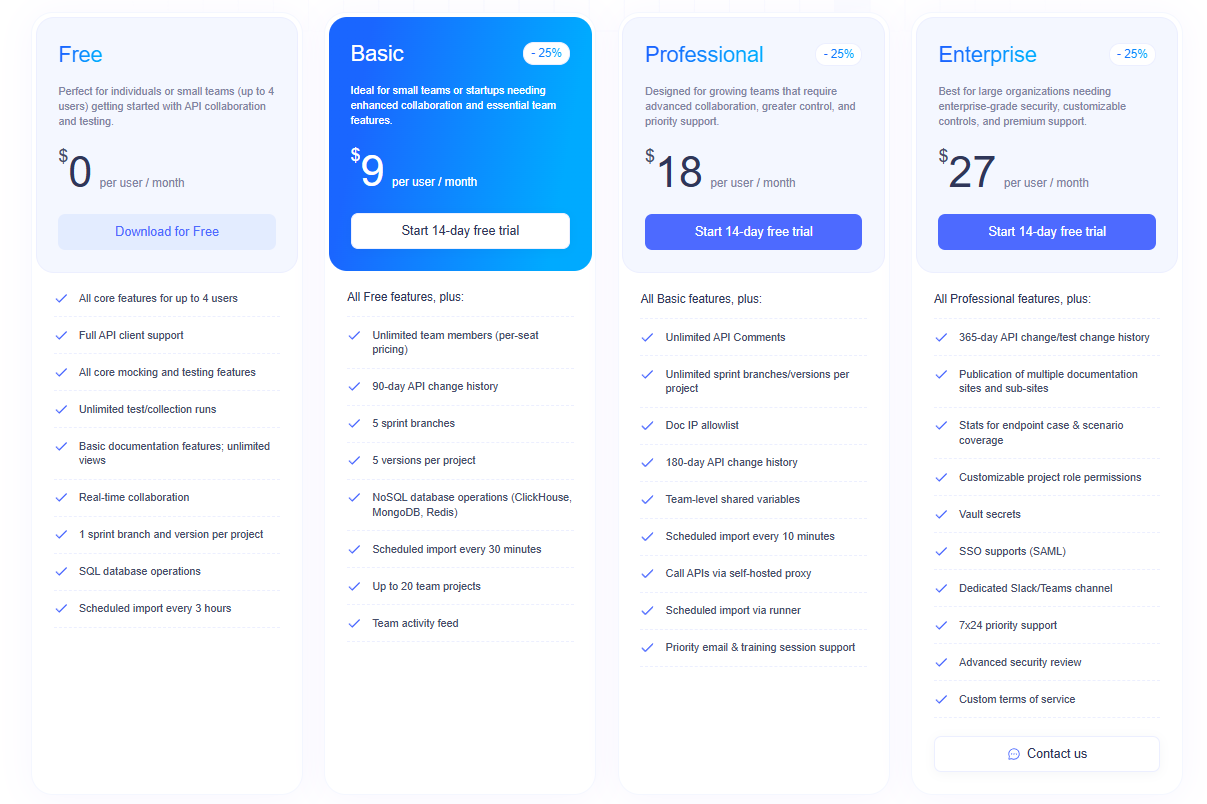
Use Cases: When to Choose Each Tool
For small teams using Git-heavy workflows, Hexmos streamlines API management without bloat.
Larger enterprises benefit from Apidog's end-to-end capabilities, especially in API-first designs.
Conclusion: Making the Right Choice Between Hexmos and Apidog
Ultimately, Hexmos suits minimalist, text-driven environments, while Apidog excels in integrated, feature-rich setups. Evaluate your team's needs—subtle elements like automation depth often determine the best fit. If comprehensive tools appeal, start with Apidog's free download to test its advantages.
